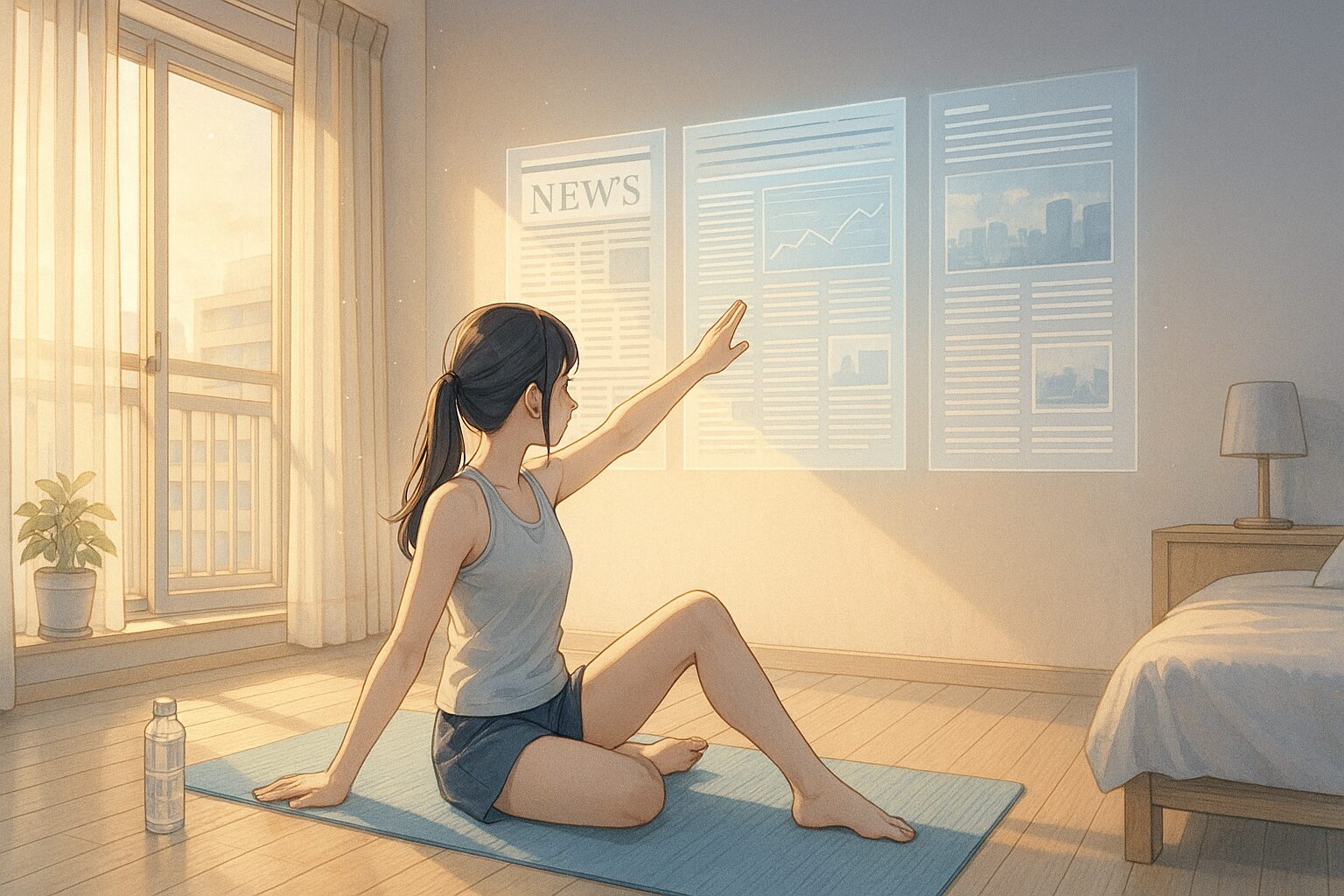What Will the Regenerative Medicine Revolution Change?
Treatment methods for diseases are evolving significantly. What impact does the wave of innovation in regenerative medicine have on our health and lives? If this trend continues, how will our lives change in the future?
1. Today’s News
Summary:
- The regenerative medicine market is expected to grow from USD 48.45 billion in 2024 to USD 403.86 billion by 2032.
- Cell therapies, gene therapies, and stem cell technology are transforming the treatment of chronic and progressive diseases.
- Increasing global investment is supporting this rapid growth.
2. Contextual Thoughts
Regenerative medicine is a technology that can regenerate cells and tissues, restoring lost functions. The rapid growth in this sector has occurred at a time when medical technologies continue to advance, and health expectations are rising. Particularly in modern society where chronic diseases are on the rise, there is a need for treatment methods that are more effective and sustainable. Regenerative medicine strives to meet these expectations, while investment and research continue. How will our health management change when this technology is put to use?
3. What Will Tomorrow Look Like?
Hypothesis 1 (Diplomatic): Tomorrow Where Regenerative Medicine is Common
If regenerative medicine becomes mainstream, the process of diagnosis and treatment in hospitals could change significantly. For instance, patients could receive treatments using their own cells to create new organs. This would reduce waiting times for organ transplants and improve health accessibility. People’s view on health may shift from “curing diseases” to “repairing functions.”
Hypothesis 2 (Optimistic): Tomorrow Where Healthcare is Highly Advanced
The advancement of regenerative medicine will create new industries and generate numerous jobs. Infrastructure and education systems that support new technologies will emerge, not only in healthcare but also in related sectors. People will have healthier and longer lives, with personalized treatments continuing to spread to help maintain health. The focus on health values may shift towards “prevention” and “management.”
Hypothesis 3 (Cautionary): Tomorrow Where Disparities in Healthcare Increase
The rapid advancement of regenerative medicine may lead to disparities between those who benefit and those who do not. Due to high treatment costs or technological barriers, disparities in access to healthcare may arise between developed and developing countries, or between urban and rural areas. Health could become a privilege for a few, and there may be a period where equity in healthcare is questioned.
4. Key Takeaways
Thought Notes
- Maintain a flexible mindset to embrace advancements in regenerative medicine.
- Try to shift your health perspective from “treatment” to “prevention.”
Small Practical Suggestions
- Stay informed about health news and use it in your daily decisions.
- Participate in community health events or courses to raise health awareness in your community.
5. What Would You Do?
- How will the spread of regenerative medicine change your health management?
- What do you think we should do to address disparities arising from technological advancements?
- Consider how regenerative medicine could be beneficial in your area.
What vision do you have for the future?









